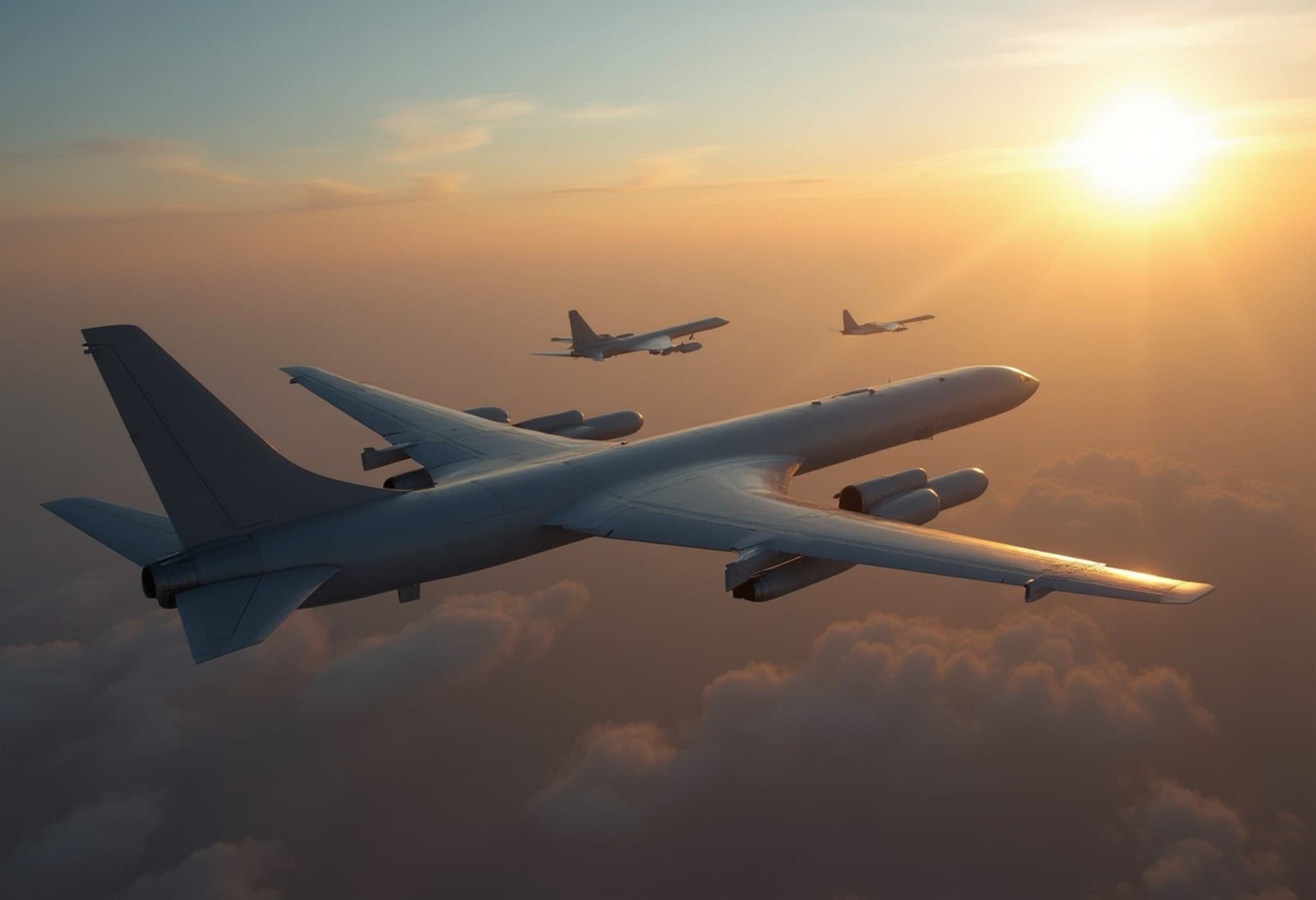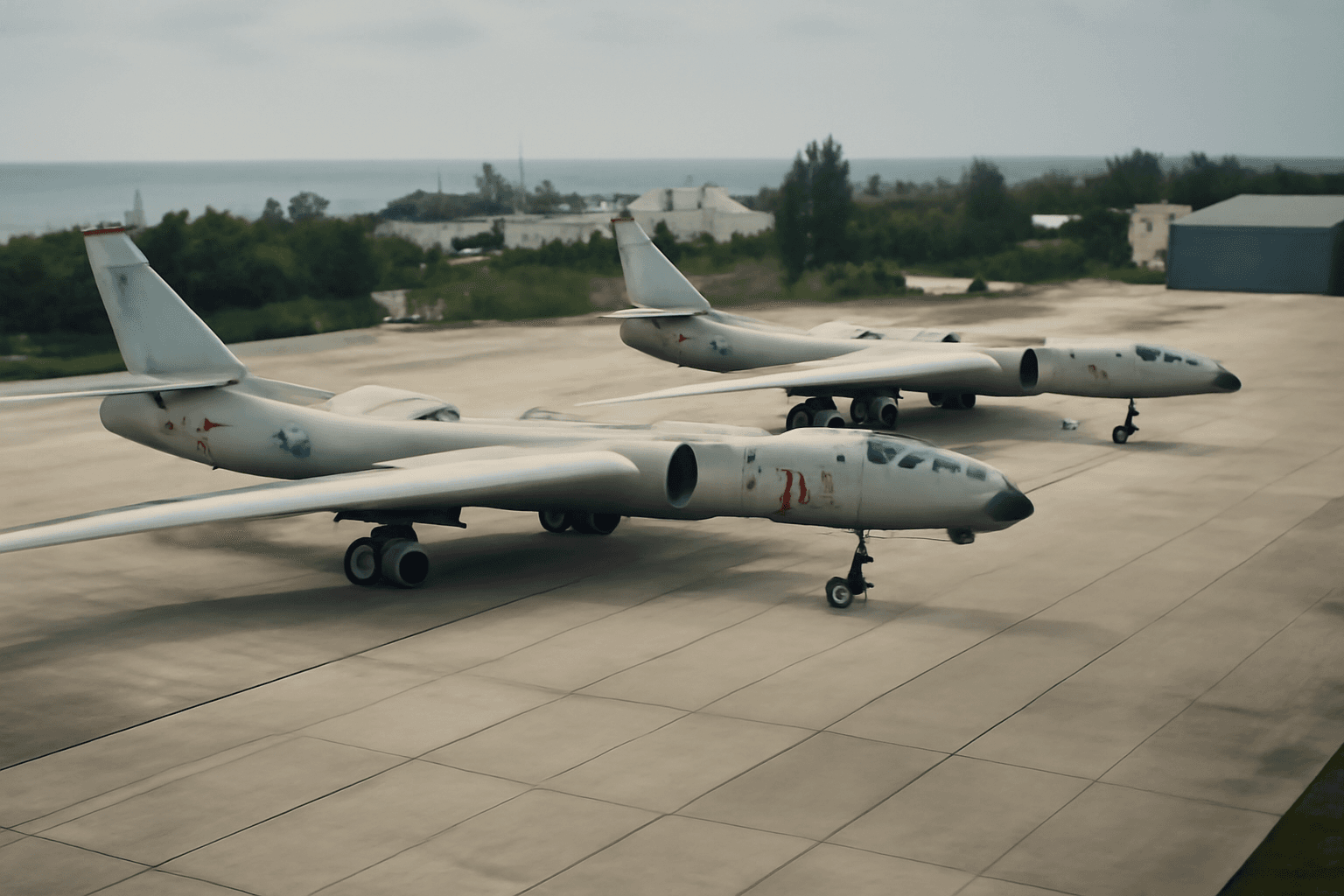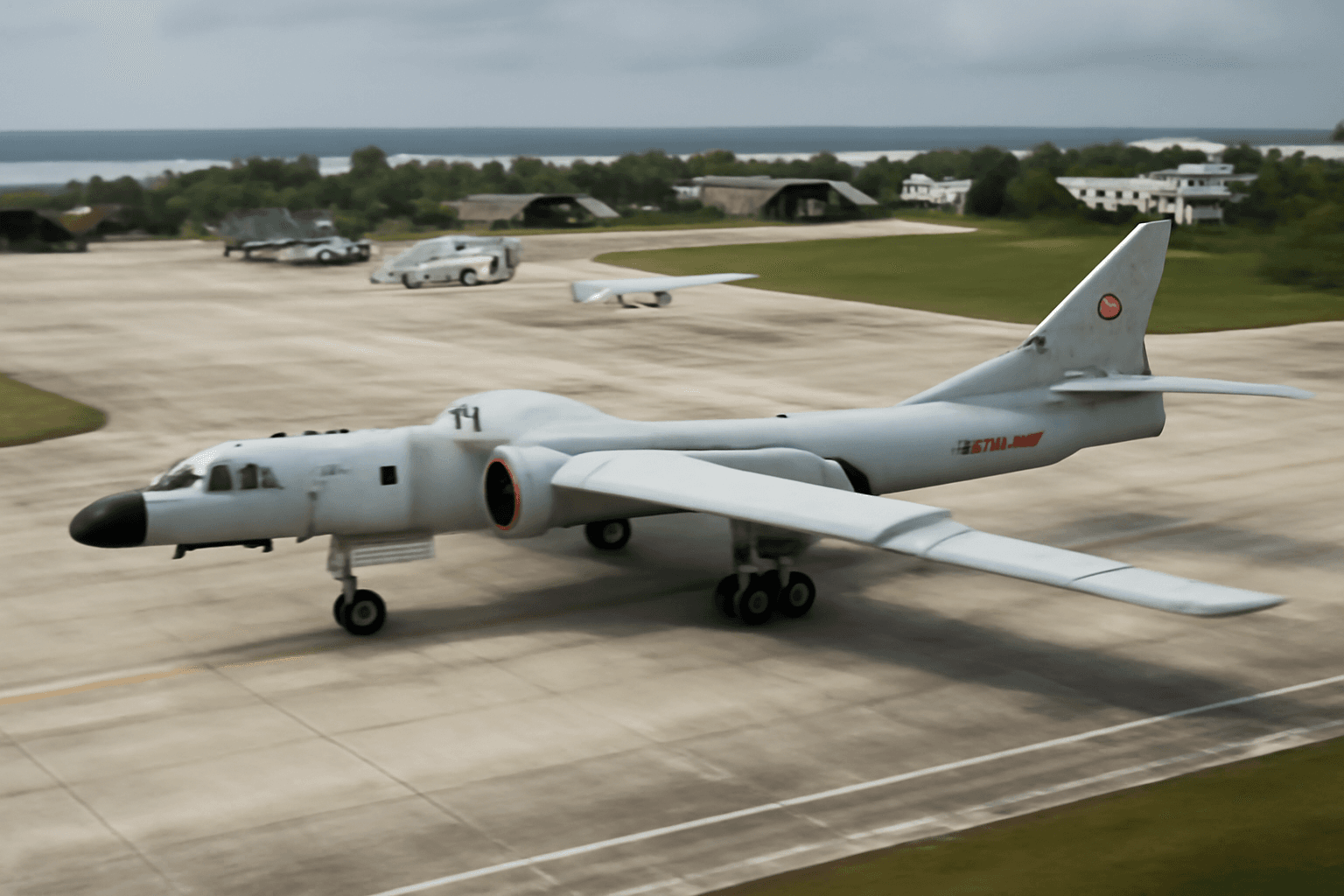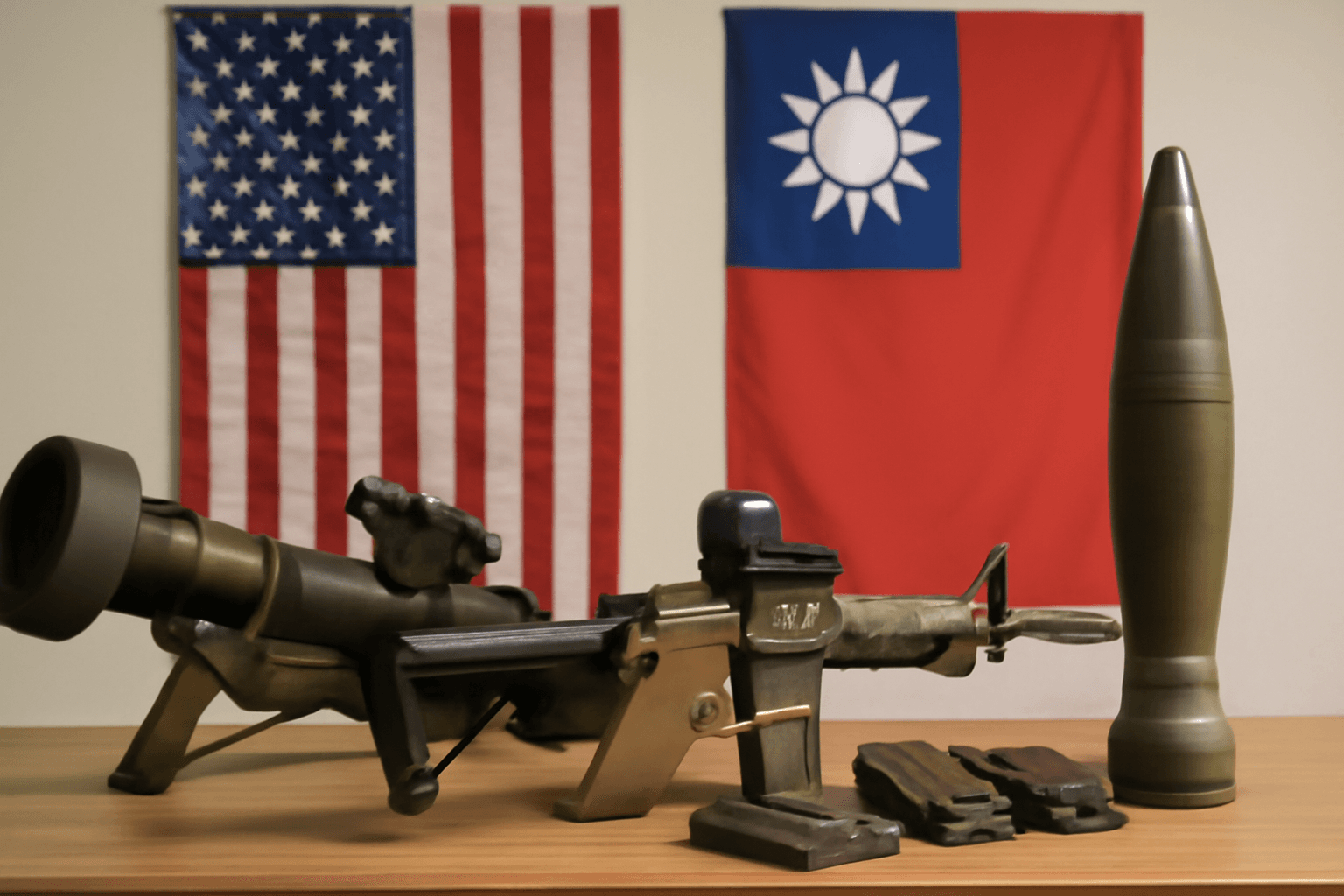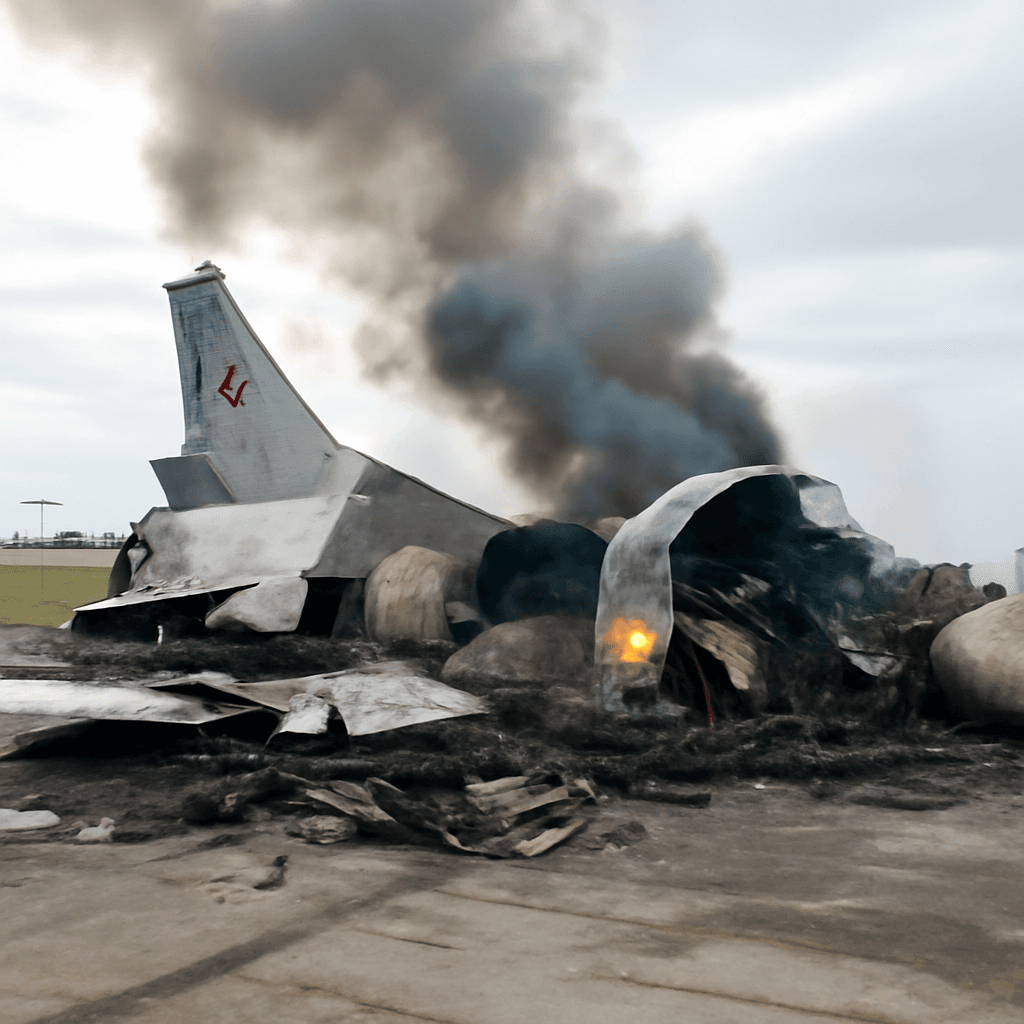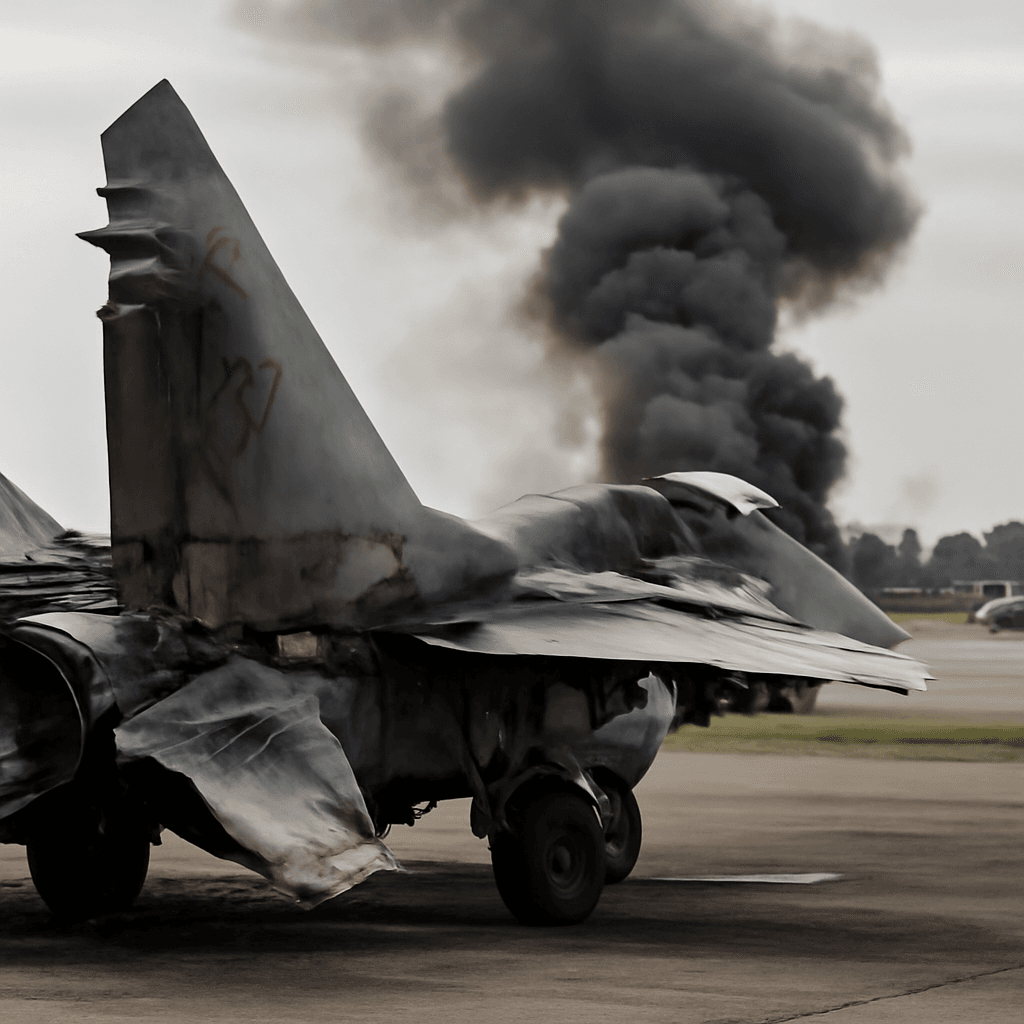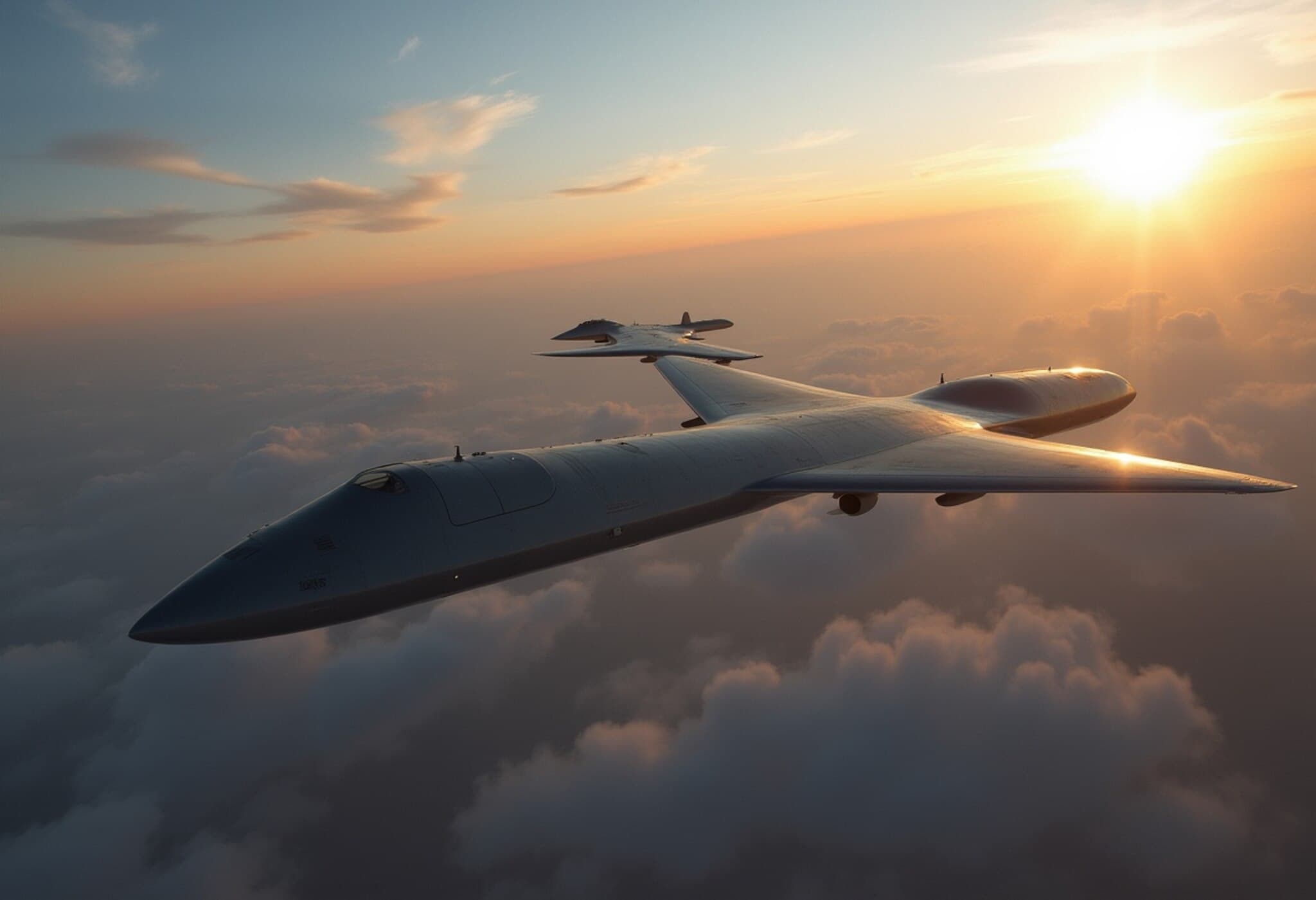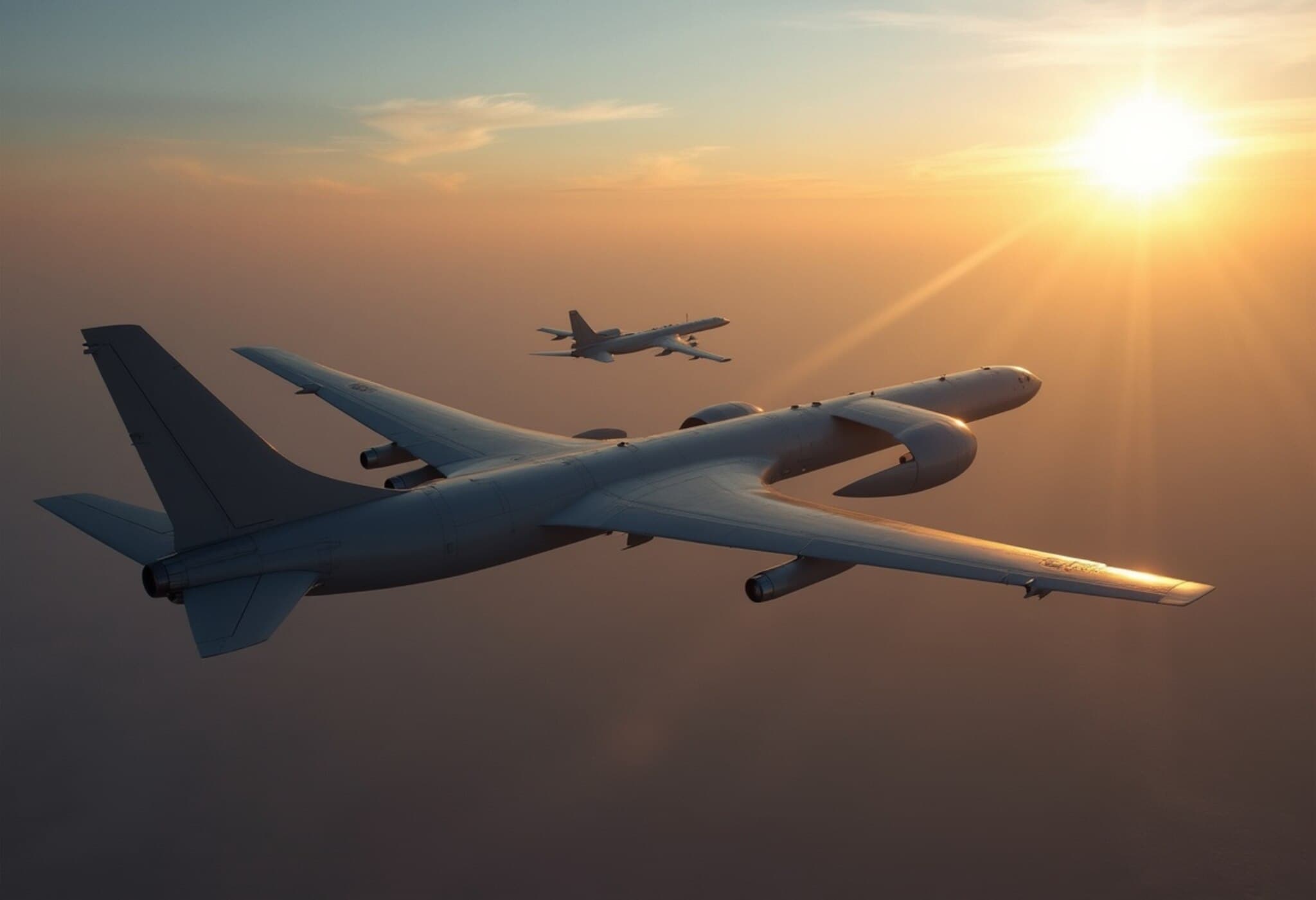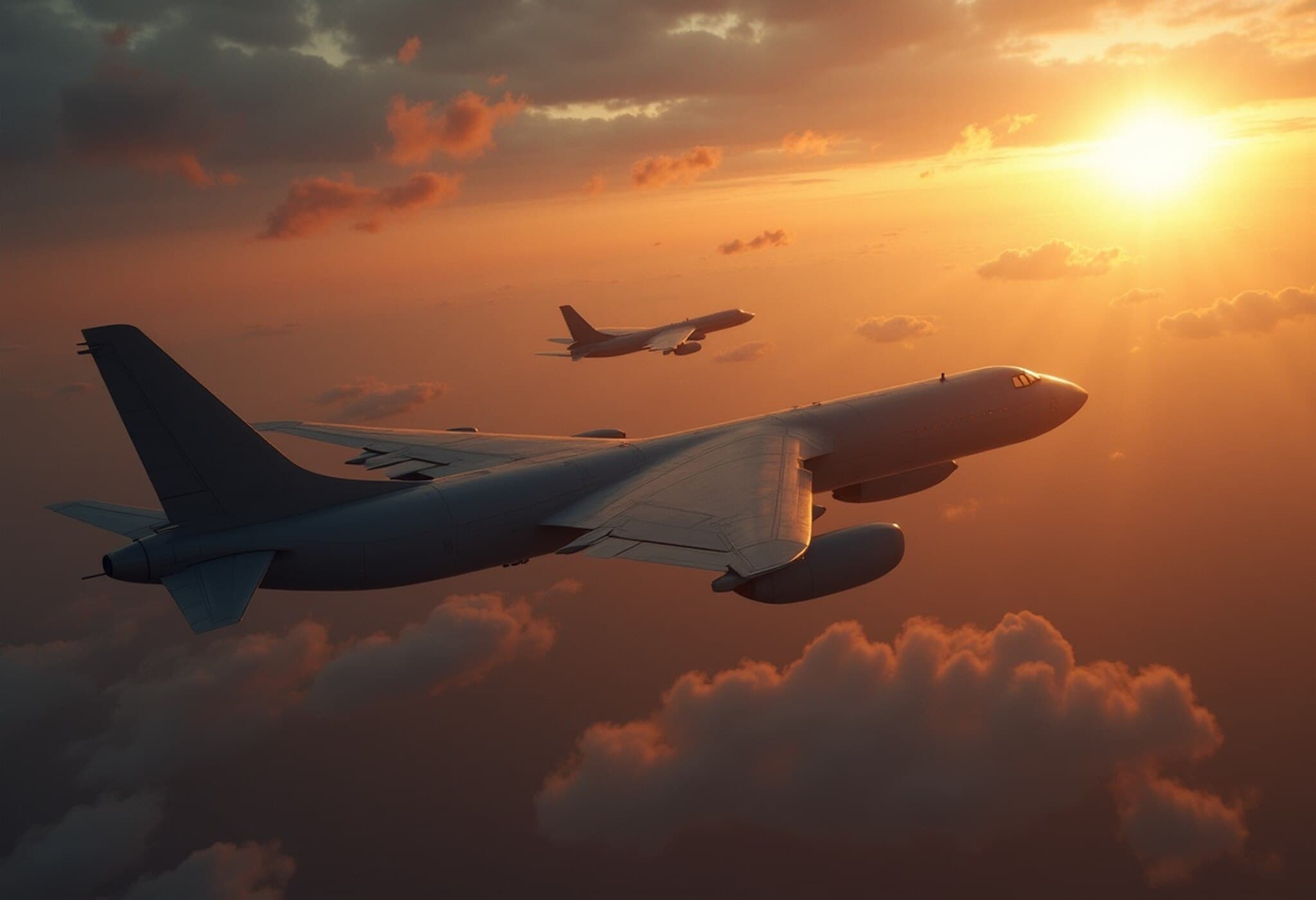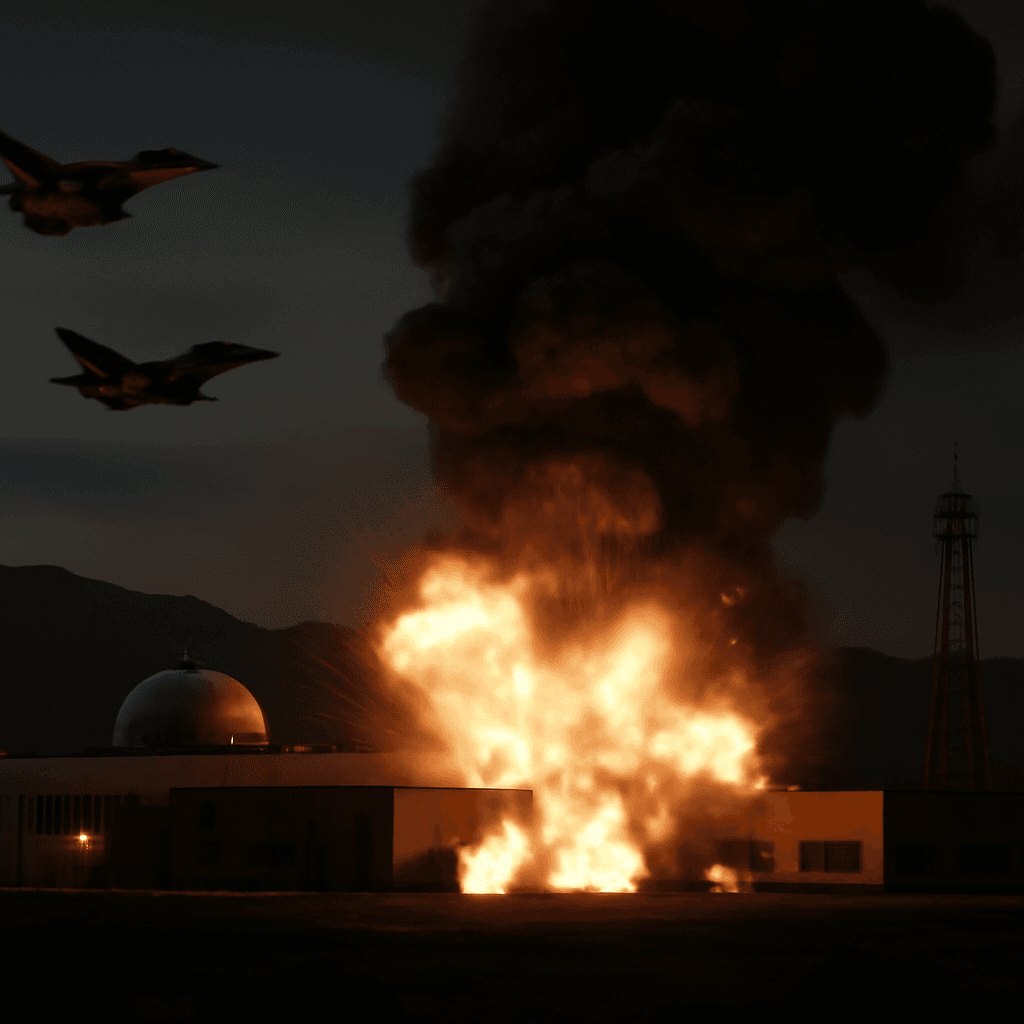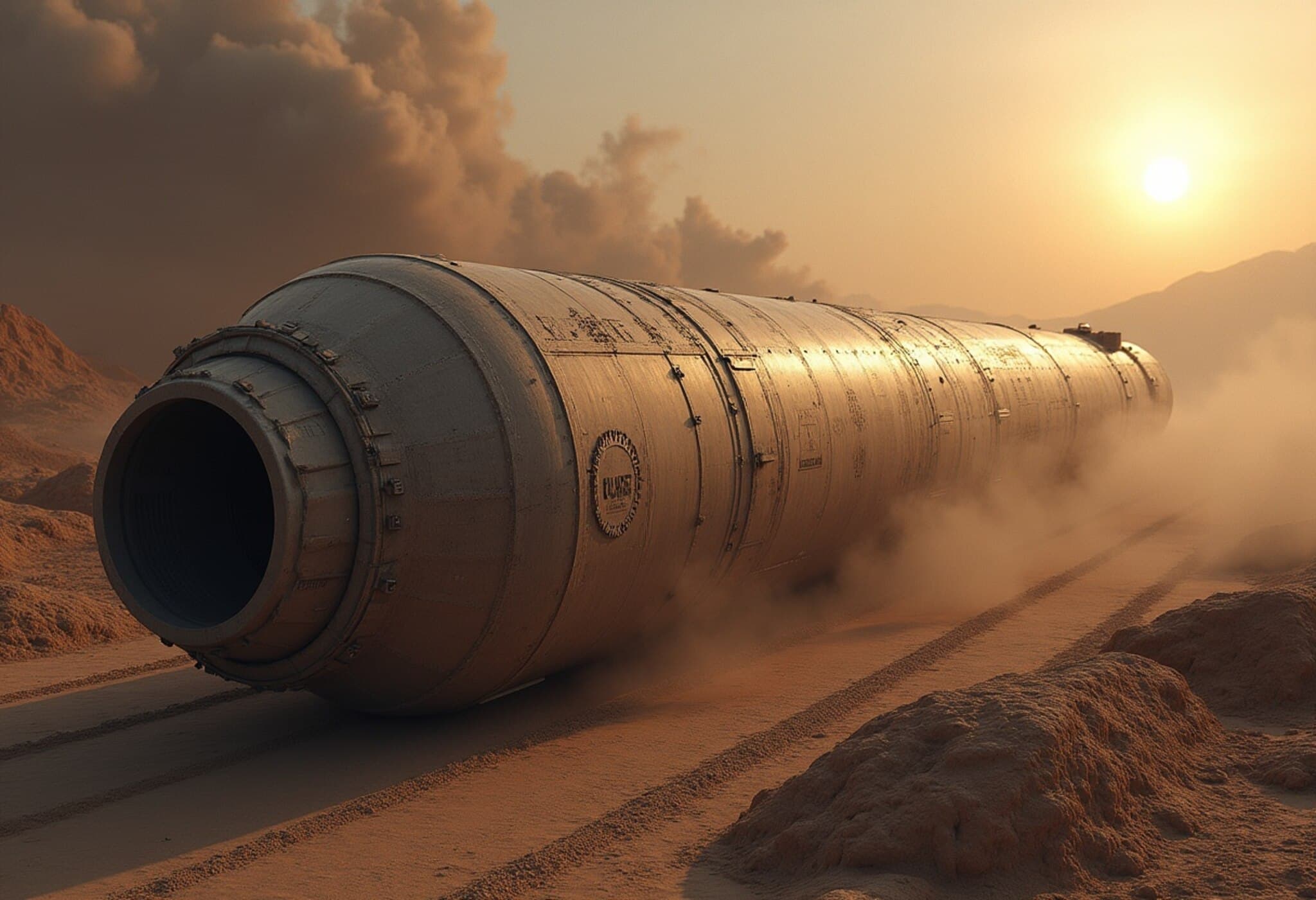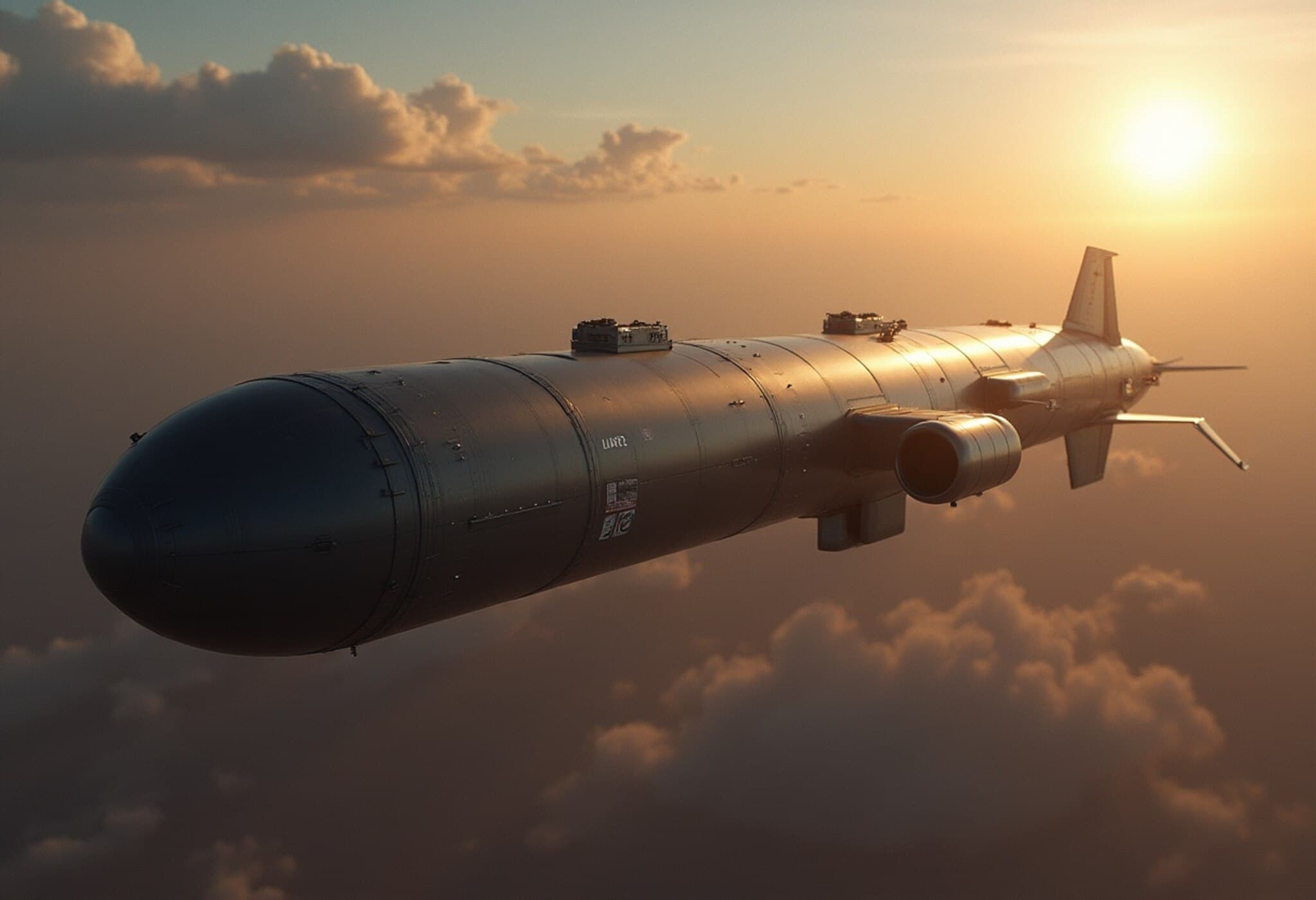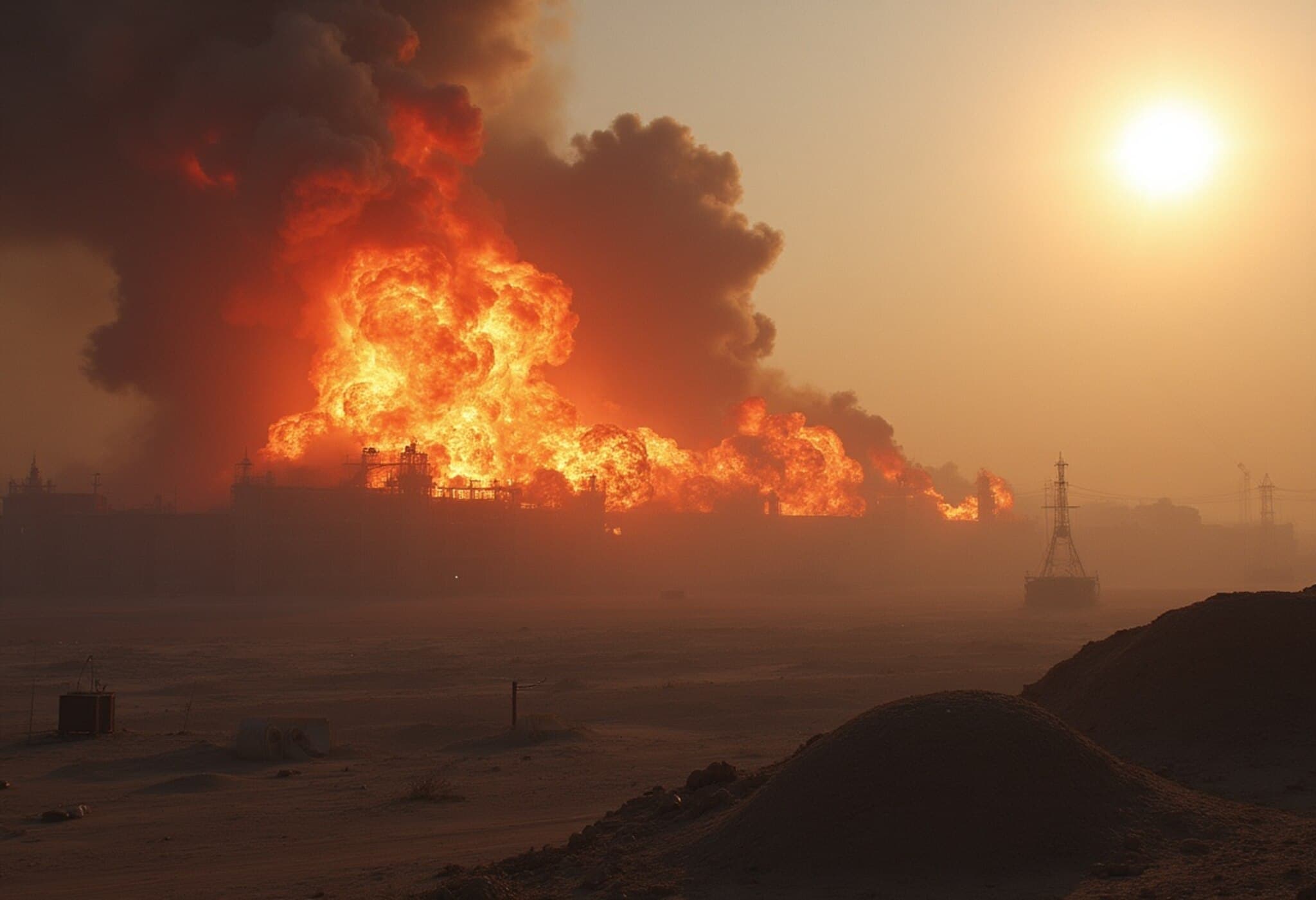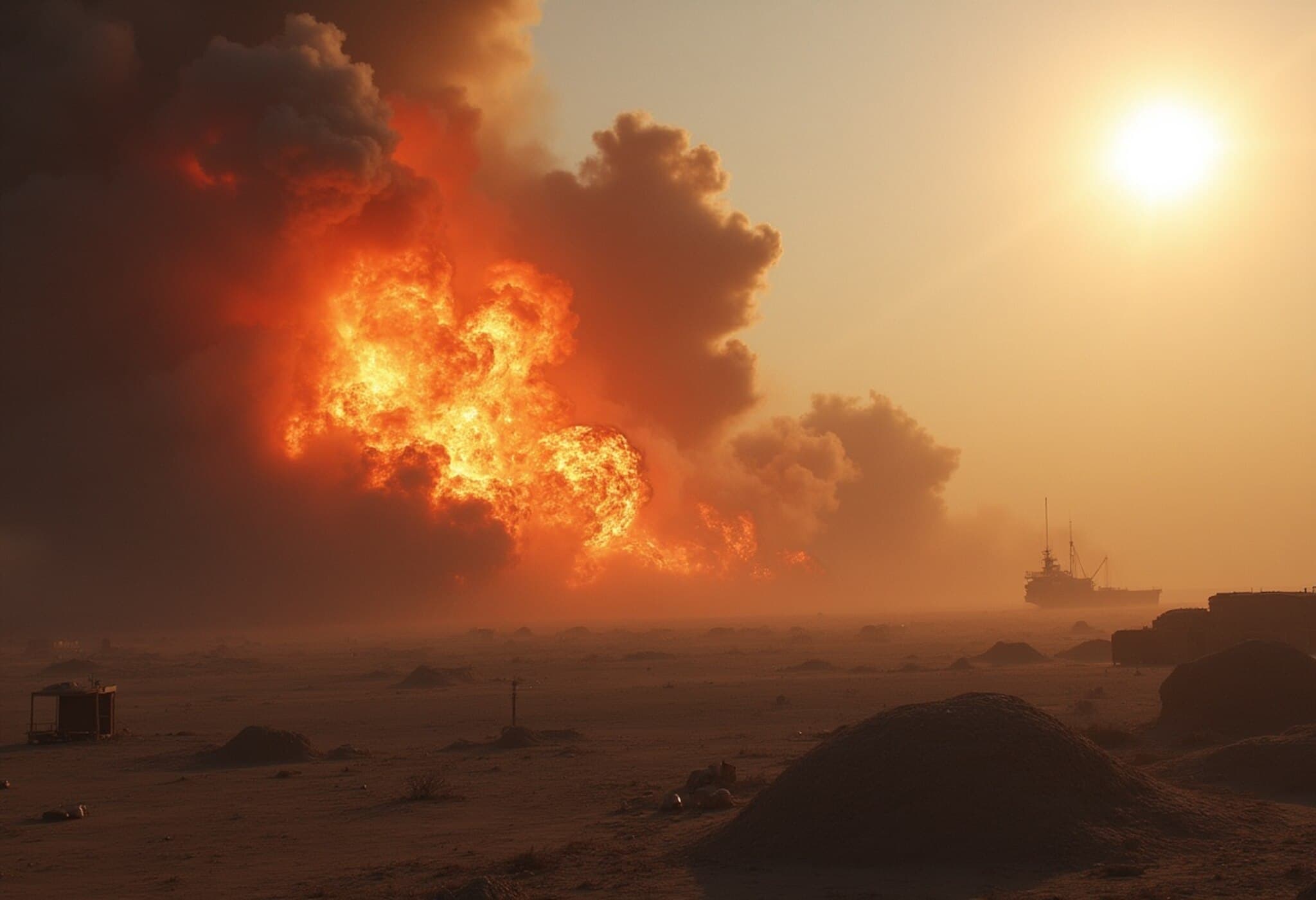US B-2 Bombers Strike Key Iranian Nuclear Sites
In a significant military operation, US B-2 Spirit stealth bombers targeted three Iranian nuclear facilities, delivering what officials described as a "very successful attack". Among the sites hit, the Fordow facility—considered the crown jewel of Iran’s nuclear program—was reportedly destroyed.
What Makes the B-2 Spirit So Lethal?
The B-2 Spirit stands as one of America’s most advanced and costly strategic aircraft. With a price tag of approximately $2.1 billion per unit, only 21 of these stealth bombers were ever produced by Northrop Grumman. Their limited numbers reflect their unique capabilities and the cost involved.
Range and Reach
Boasting an intercontinental range exceeding 6,000 nautical miles (about 11,100 km) without refueling, the B-2 can operate globally from bases anywhere in the continental United States. Its ability to refuel mid-air further extends its reach, enabling missions halfway around the globe, as demonstrated in past operations from Missouri to Libya and now Iran.
Stealth and Design
Engineered with advanced radar-absorbent materials and an angular frame, the B-2’s stealth technology allows it to slip past sophisticated enemy air defenses with minimal detection. Remarkably, its radar signature is said to be comparable to that of a small bird, underscoring its near invisibility to conventional radar systems.
Payload Capacity
This bomber can carry more than 40,000 pounds (18,144 kg) of ordnance within internal bays, preserving stealth while enabling a diverse mix of conventional and nuclear weapons. Among these are the formidable Massive Ordnance Penetrators (MOPs), precision-guided bunker-buster bombs designed specifically to obliterate fortified underground targets like Iran’s nuclear facilities.
The Massive Ordnance Penetrator: Bunker-Busting Power
The MOP is the largest conventional bomb in the US arsenal, weighing an immense 30,000 pounds. Measuring over 20 feet long, it is engineered to pierce more than 200 feet of reinforced concrete—making it ideal for striking hardened underground bunkers.
In the recent strike on the Fordow site, reports suggest that six MOP bombs were deployed, underscoring the precision and force behind the operation.
Complementary Conventional Weaponry
Aside from the MOPs, the B-2 carries an array of GPS-guided Joint Direct Attack Munitions (JDAMs) for precision strikes and standoff weapons like the Joint Standoff Weapon (JSOW) and Joint Air-to-Surface Standoff Missiles (JASSM), which extend the bomber’s attack range while maintaining stealth and safety from enemy air defenses.
Nuclear Capabilities
Beyond conventional operations, the B-2 is a critical element of the US nuclear triad. It can carry up to 16 B83 nuclear bombs, providing a stealthy and flexible nuclear strike capability worldwide.
Conclusion
The recent use of B-2 bombers in precision strikes on Iran’s critical nuclear sites highlights the bomber’s unmatched ability to deliver devastating payloads deep into defended airspace. Combining stealth, global reach, and heavy ordnance capacity, the B-2 remains a centerpiece in the strategic arsenal of the United States.

